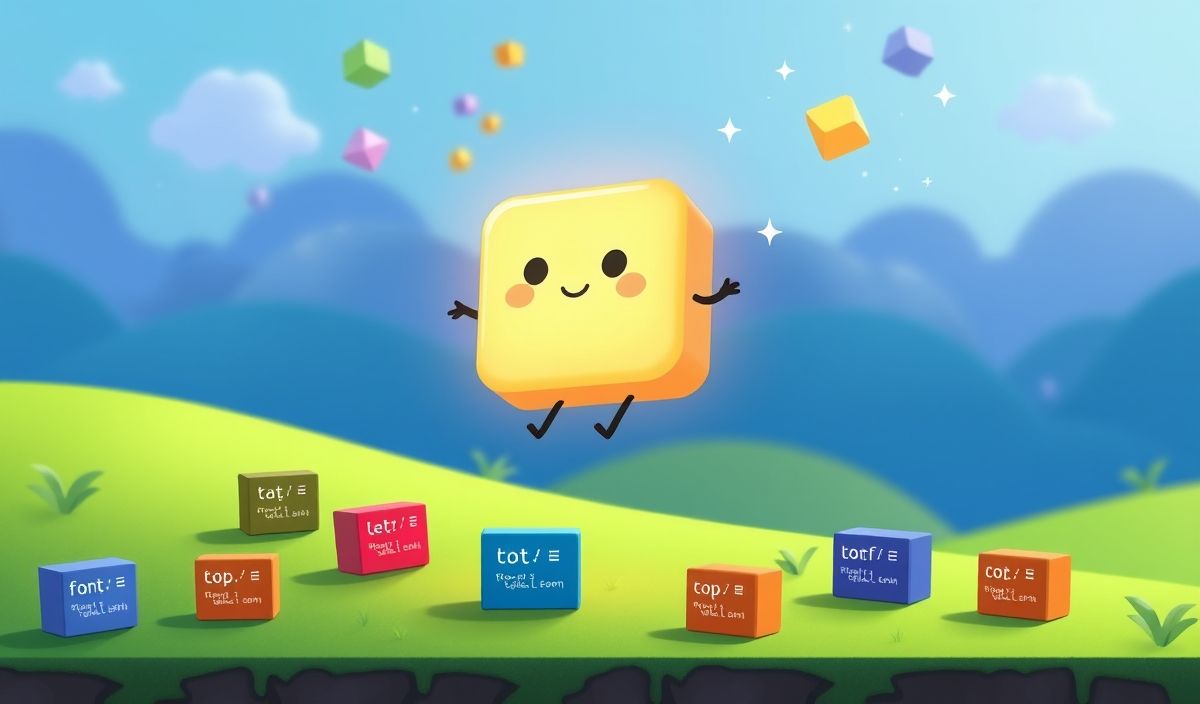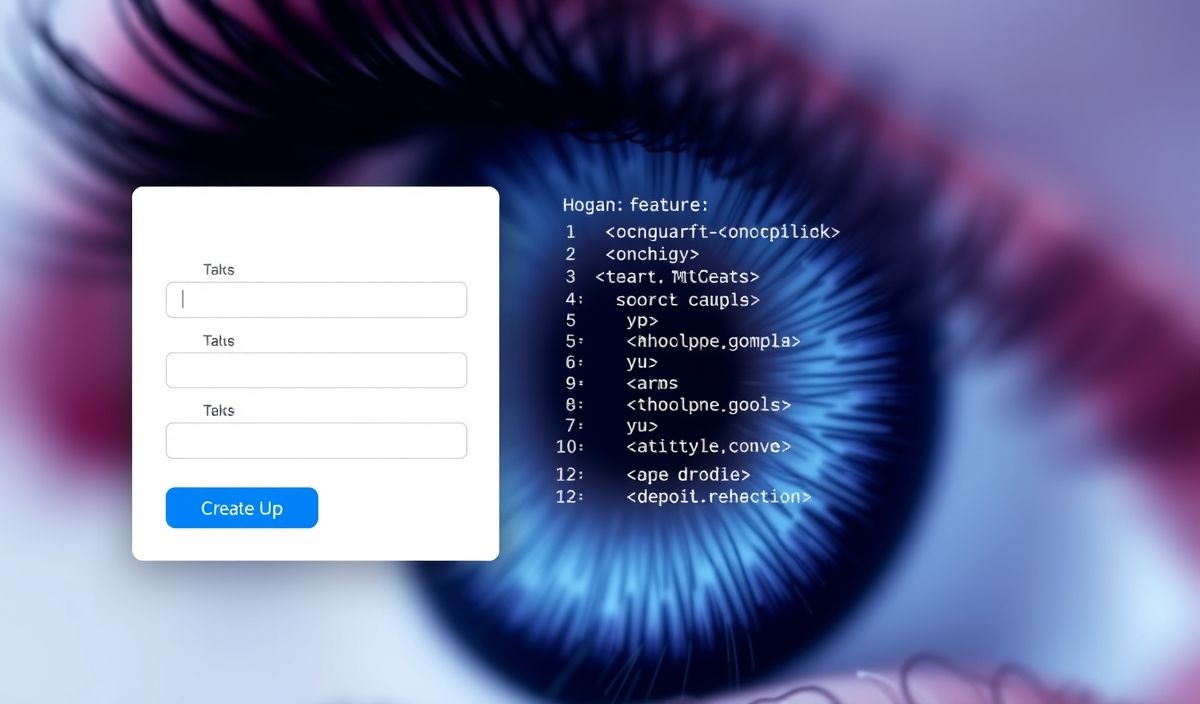Introduction to left-pad
The left-pad library is a simple yet highly useful tool for developers that provides the ability to left pad strings with a specific character. This library has gained widespread recognition due to its simplicity and efficiency. In this guide, we will dive deep into various APIs provided by the left-pad library and showcase dozens of examples and a practical application at the end.
Basic Usage
Here is a basic example of how to use left-pad in your project:
const leftPad = require('left-pad');
console.log(leftPad('hello', 10, '_')); // Output: _____hello
API Examples
1. Padding with Different Characters
console.log(leftPad('world', 8, '*')); // Output: ***world
console.log(leftPad('test', 6, '-')); // Output: --test
2. Padding Numerical Strings
console.log(leftPad('123', 5, '0')); // Output: 00123
console.log(leftPad('45', 4, '_')); // Output: __45
3. Padding with Multiple Characters
console.log(leftPad('abc', 7, 'xy')); // Output: xyxxyabc
4. Padding Empty Strings
console.log(leftPad('', 5, 'z')); // Output: zzzzz
5. Long Padding Strings
console.log(leftPad('short', 25, '#')); // Output: ####################short
App Example Using left-pad
Finally, let’s present a practical application using left-pad to format numerical IDs consistently within a string length of 6.
const leftPad = require('left-pad');
function formatID(id) {
return leftPad(id.toString(), 6, '0');
}
console.log(formatID(35)); // Output: 000035
console.log(formatID(1234)); // Output: 001234
console.log(formatID(56789)); // Output: 056789
In this example, the formatID function ensures all IDs are padded to a length of 6 using zeroes. This is especially useful in database applications where consistent formatting of IDs is crucial.
Hash: 0cc8ed26e04976bca87d2617e4c0c481592eb2b11129405cad059ba263fe3250




